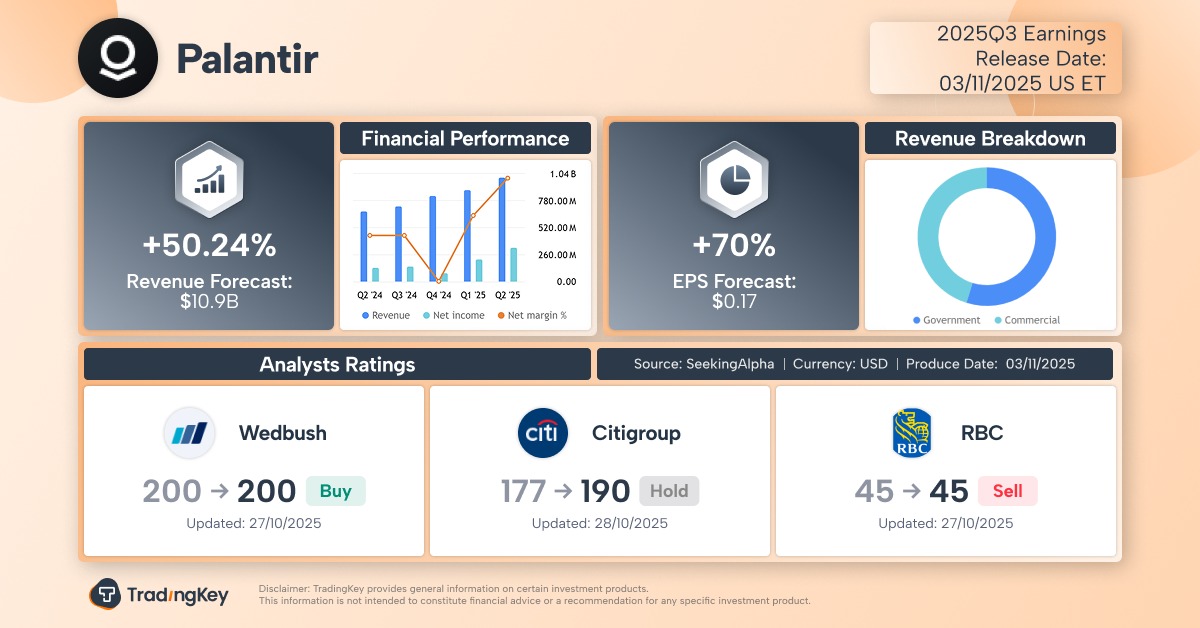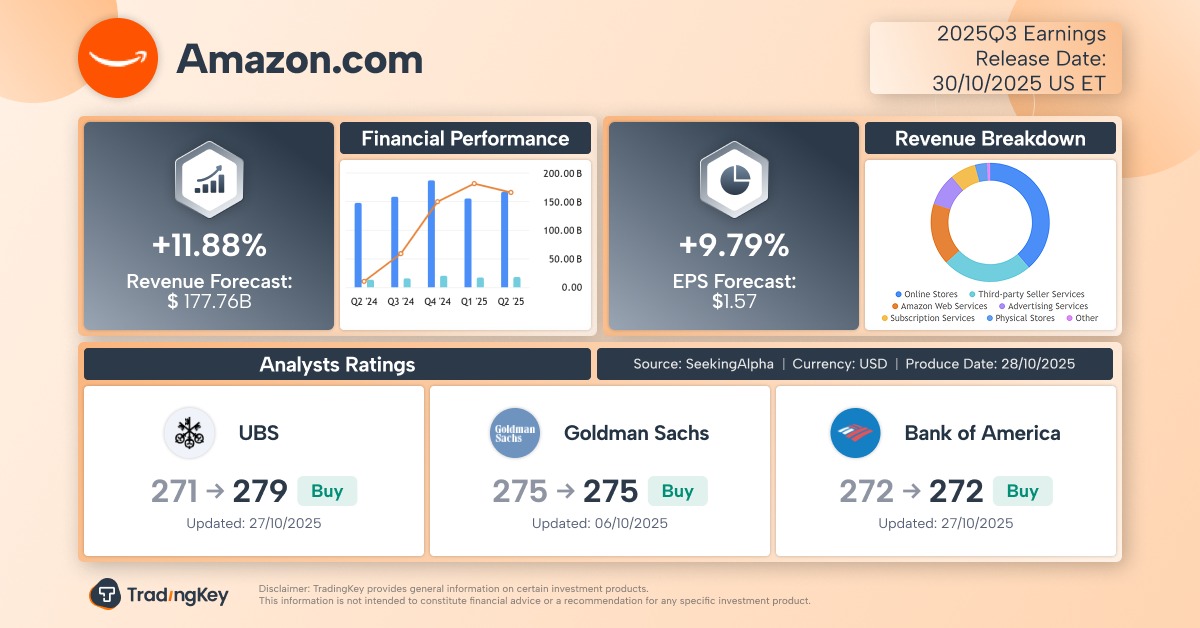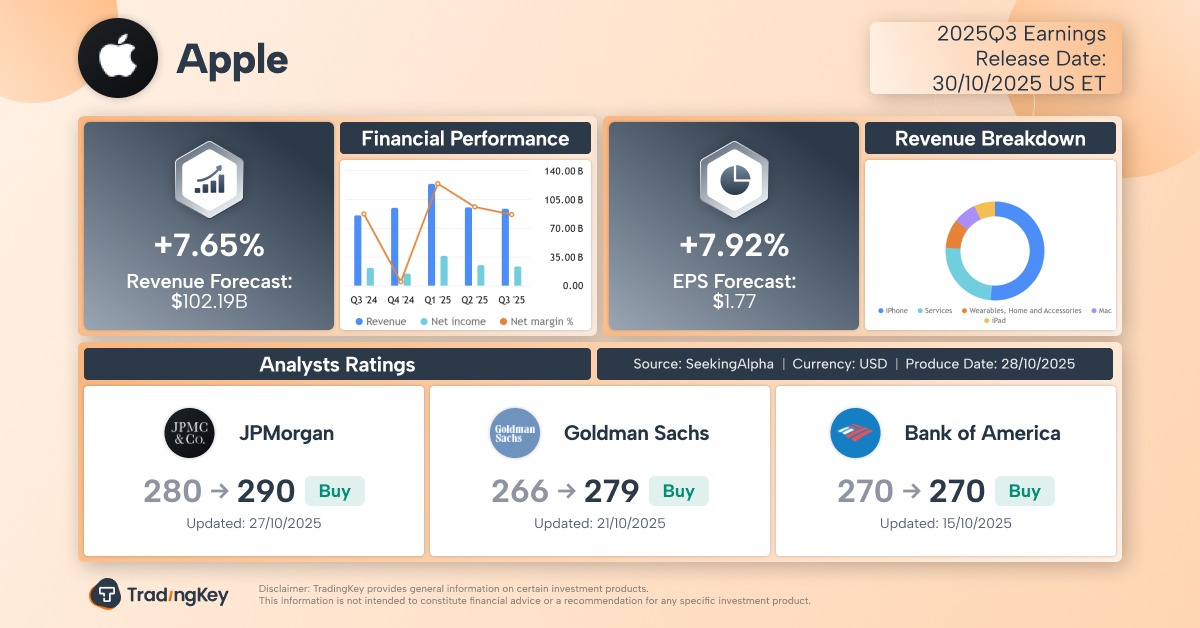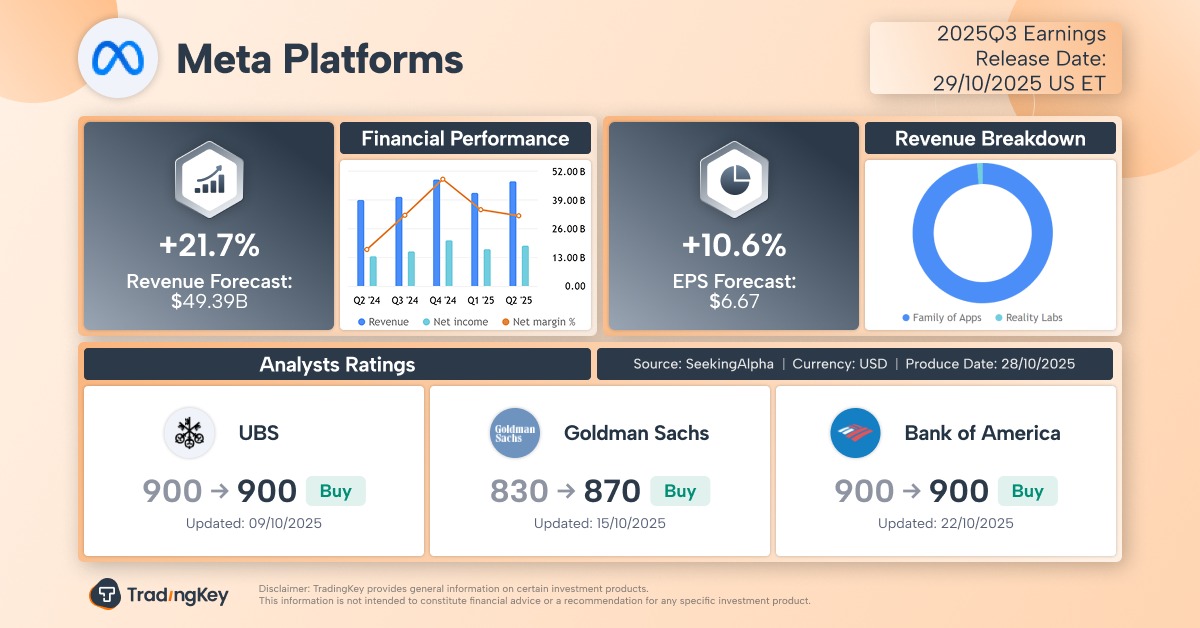Is the Strong U.S. June Jobs Report a Mirage? Hidden Signs of Labor Market Weakness Amid Falling Unemployment

TradingKey - The June 2025 U.S. nonfarm payrolls report, released by the Bureau of Labor Statistics on Thursday, July 3, surprised markets with stronger-than-expected job growth and a falling unemployment rate — effectively eliminating market expectations for a July Fed rate cut.
The headline figures showed:
- Nonfarm payrolls rose by 147,000, well above the expected 110,000.
- Three-month average job gains edged up from 141,000 to 150,000.
- The unemployment rate fell to 4.1%, down from 4.2%, and well below forecasts of 4.3% or even 4.4%.
This data reinforced the view that the U.S. labor market remains resilient, and investors quickly abandoned bets on an early rate cut in July.
However, several underlying indicators suggest that the labor market may be weaker than it appears — with signs pointing to deteriorating labor demand.
Government Hiring Drives Job Growth
Of the 147,000 new jobs in June, 73,000 came from government roles, driven by hiring at the state and local level, while federal employment has declined for the fifth consecutive month.
Private sector job creation was only 74,000, below both the previous month’s figure of 137,000 and the median estimate of 100,000.
This marked the weakest private-sector job growth since October 2024, when hurricane disruptions and labour strikes temporarily weakened employment activity.
Bloomberg analysts noted that while one job is still one job, this composition of employment gains does not reflect an economy operating at full speed.
Hidden Drop in Labor Participation
The unexpected drop in the unemployment rate also raises questions.
Bloomberg’s Anna Wong pointed out that the lower unemployment rate likely reflects people leaving the labor force, rather than strong job creation. In fact, the BLS model may have overstated job growth due to statistical adjustments.

U.S. June Unemployment Rate, Source: TradingKey
Barclays analysts added that the decline in unemployment was largely due to a drop in labor force participation, with underemployment remaining elevated — indicating some slack in the labor market.
According to BLS definitions, individuals who were available for work and actively seeking jobs in the past four weeks are counted as unemployed. However, more people are now classified as discouraged workers (who stopped looking due to weak job prospects) and marginally attached workers (who are not actively seeking due to other reasons), contributing to a rising trend in underutilized labor.
Waning Wage Growth and Hours Worked
In addition, Barclays noted that wage growth slowed further, and average weekly hours dropped from 34.3 to 34.2, leading to stagnation in overall earnings — raising concerns about slowing consumer spending.
UBS summed up the situation by pointing to weakening signals across multiple fronts:
- Soft private-sector job growth
- Declining participation
- Stagnant wage income
- Deteriorating sentiment surveys
These factors suggest that labor demand is deteriorating — even if headline numbers tell a different story.







